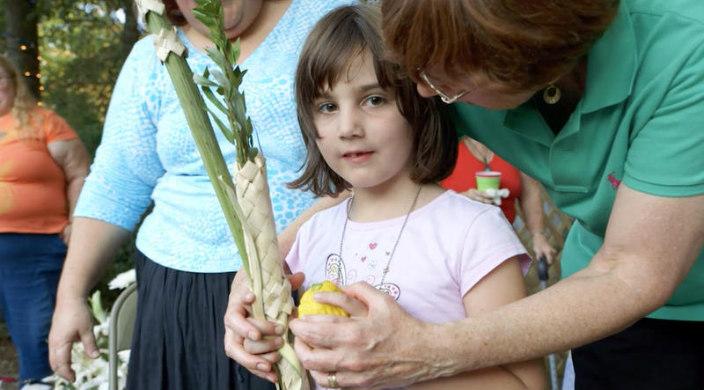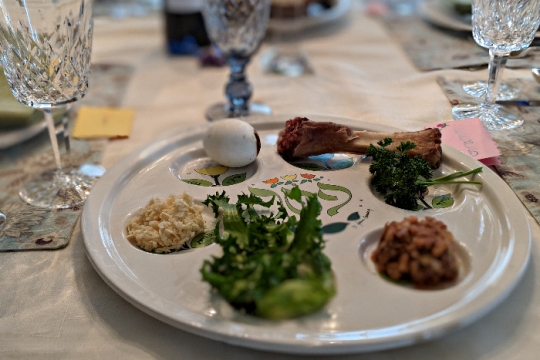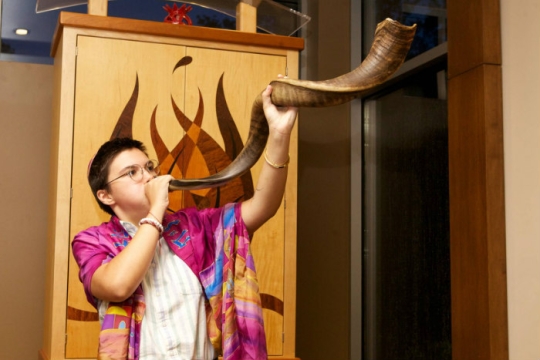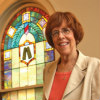
My phone rang one spring afternoon during the first year I served as the rabbi in Dothan, AL. You will have to imagine the Southern accent that greeted me when I answered.
“Rabbah, this is Leon. I’m going to Montgomery to get some Passover food Barbra and I need. I thought I would pick up the supplies for the seder for the congregation. Do you want to come with me?”
That night, Leon and I drove for more than four hours to obtain Passover supplies for our congregational seder. It was the first of several annual treks Leon and I made to Montgomery until Publix, a regional grocery chain, built a store in Dothan and agreed to carry Passover supplies for our tiny congregation.
It is not easy to be Jewish in a remote area in which Jews are a minority and there are no nearby Jewish communities. In addition to not taking for granted that supplies we need will be available in the grocery stores, there are no mohalim (ritual circumcisers) for b’rit milah (ritual circumcision that welcomes a baby boy into the covenant of the Jewish people), funeral homes are not familiar with Jewish burial or mourning practices, and there are no mikvaot (ritual baths).
So, we did the best we could.
We drove long distances and relied on Amazon for supplies. Local pediatricians performed circumcisions while I led the religious portions of the ceremonies, which included giving the boys their Hebrew names. I made the k’riah ribbons congregants wore to signal they were in mourning, explained why Jews do not embalm bodies before burial, used the Gulf of Mexico as a mikvah for new Jews-by-choice, and ensured there was a pitcher of water at the graveside of every funeral at which I officiated – always explaining why it was needed.
Too many small congregations that flourished in the 20th century are not doing well in the 21st century. The children of the congregation are leaving the shrinking small towns to live in more vibrant, urban areas, and as their populations decline, the congregations struggle. According to one estimate, one million Jews live in small communities around the United States and the Jews in these remote areas want and need a place to call home.
In 2016, 371 Productions led by Brad Lichtenstein and Morgan Johnson released a documentary entitled There Are Jews Here, which chronicles the struggle of small remote congregations in Latrobe, PA, Laredo, TX, Butte, MT, and my congregation at the time in, Dothan, AL. The thought-provoking documentary clearly depicts the desperation of these congregations that are well aware that if they do not survive so too will their legacies vanish.
There is a bashert (intended; meant to be) aspect that grew from this documentary as well. Although I was the rabbi in Dothan, AL, when the film was released, I have since retired and moved to Colorado, but I still perform some rabbinic functions. Last fall I received an e-mail from David, a member of Congregation B'nai Israel in Butte, MT, asking if I was available to lead High Holiday services there. At the time, he did not know of our shared connection through the film.
I accepted his invitation and had a wonderful time in Butte, getting to know the members of the congregation and leading services in a community that previously I’d known only through the documentary. David and the rest of the members reminded me that no matter what the fate of their congregation and others in small towns across North America may be, the impact of synagogues and a Jewish presence in these remote locales will continue to be felt in the communities – and beyond – for a long time to come.
Photo: From the documentary There Are Jews Here courtesy of 371 Productions. Film directed by Brad Lichtenstein.
There Are Jews Here will air on the PBS series “America Reframed” on Tuesday, December 4th at 8 p.m. ET.
Related Posts

Pandemic Passover, Take Two: The Long Journey through the Wilderness

"Tour to the Wonderful": This Couple Drove Across America to Join Multiple Reform Synagogues


